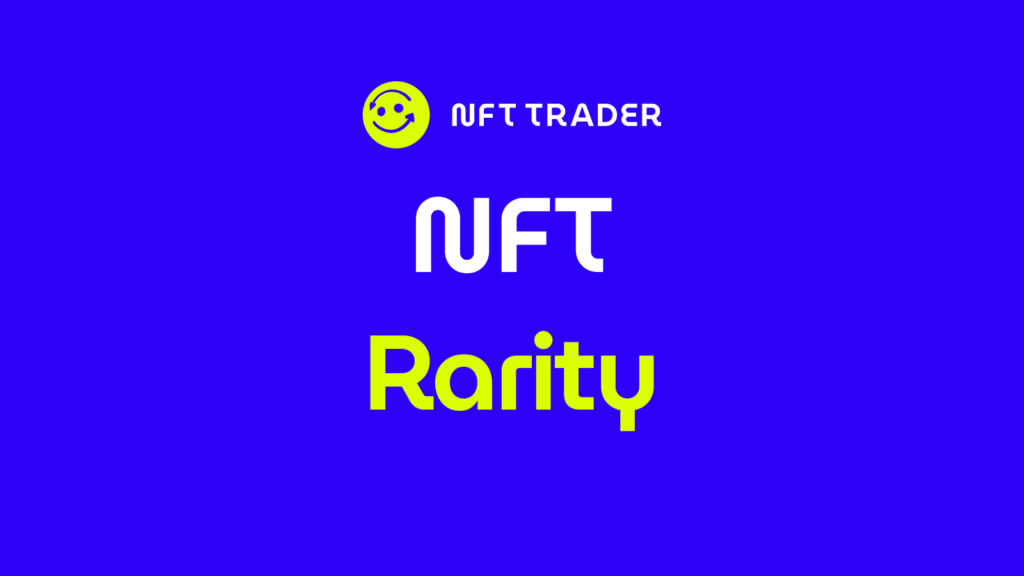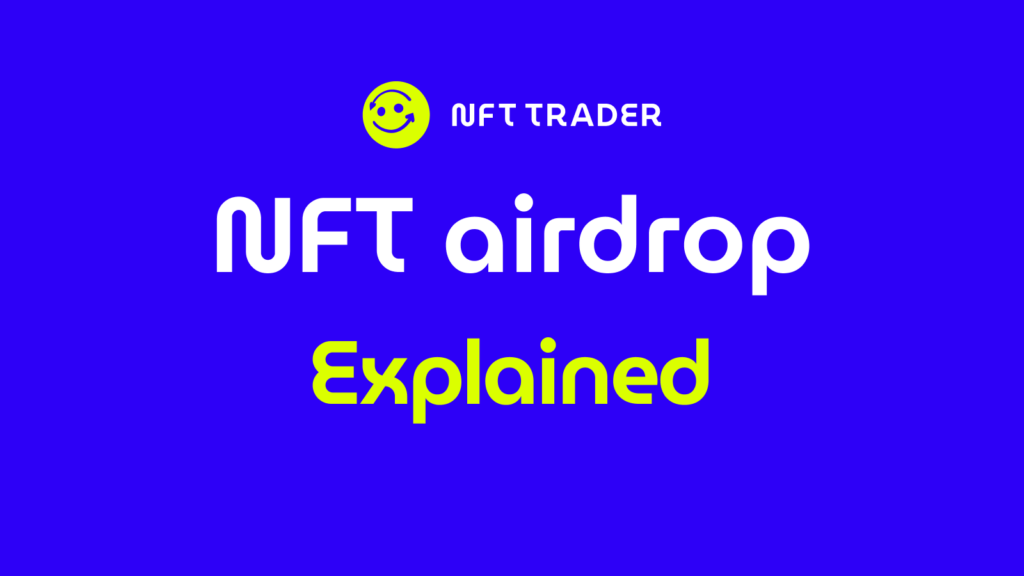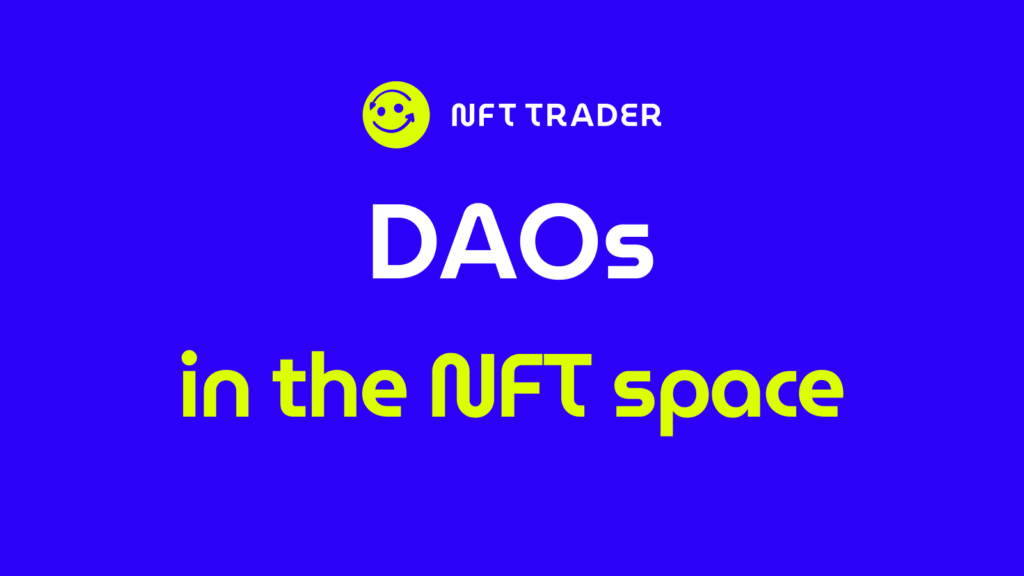Assessing NFT rarity: how to check rarity factors in NFTs

Summary:
Understanding NFT Rarity
What is NFT Rarity?
NFT rarity refers to the uniqueness and scarcity of a particular Non-Fungible Token (NFT) within a given collection or series. It revolves around the idea that some NFTs possess distinct attributes, qualities, or characteristics that set them apart from others in the same collection. These distinctive traits could include limited edition designs, special animations, rare color schemes, or even specific timestamps of creation. The concept of NFT rarity significantly influences the value of an NFT. In the world of digital art and collectibles, rarity often enhances desirability, as collectors and investors seek out NFTs that are one-of-a-kind or possess unique features. Scarcity creates a sense of exclusivity, making such NFTs more coveted within the community. As demand for rare NFTs increases, their value can skyrocket, reflecting the principles of supply and demand. Thus, NFT rarity is a fundamental factor in determining the monetary worth of these digital assets, as it intertwines scarcity, uniqueness, and market demand to shape an NFT’s perceived and actual value.
Factors Influencing NFT Rarity
The rarity of an NFT is influenced by a multitude of factors that contribute to its uniqueness and scarcity within a specific collection. Firstly, the total supply of NFTs within a collection plays a pivotal role – the fewer tokens available, the higher the potential for rarity. Additionally, the presence of limited edition releases, such as early minting or exclusive drops, can greatly enhance rarity. Certain attributes or traits unique to individual NFTs, such as distinct artwork styles, animations, or color schemes, also contribute to rarity. Collaborations with renowned artists, celebrities, or creators can further elevate an NFT’s rarity by associating it with an exclusive partnership. Moreover, attributes that are statistically rare or generated through provably rare algorithms can add another layer of scarcity. The historical significance, cultural relevance, and age of an NFT may also contribute to its rarity, as older tokens may become harder to find over time. Ultimately, the interplay of these factors within the broader context of collector demand determines the rarity and subsequently influences the value of an NFT in the dynamic landscape of digital collectibles and art.
Importance of Rarity in NFTs
Rarity holds immense significance in the realm of NFTs, exerting a profound impact on the NFT market’s dynamics. It serves as a driving force behind the value and demand for specific tokens. Rarity instills a sense of exclusivity and uniqueness, catering to the human inclination for possessing scarce and coveted items. In the NFT space, collectors, investors, and enthusiasts seek out NFTs that stand out from the rest due to their limited availability, distinct attributes, or rare features. This inherent scarcity generates heightened interest and competition, thus fueling demand and driving up prices. The perception of owning something truly one-of-a-kind or possessing a token with attributes few others can claim contributes to the emotional and psychological value of the NFT. Moreover, rarity often becomes a status symbol within the NFT community, further amplifying its desirability. As rarity becomes intertwined with an NFT’s identity, its market value can surge dramatically, demonstrating the intricate relationship between scarcity, demand, and value in the vibrant world of NFTs.

How to Determine NFT Rarity
Analyzing Metadata
Analyzing metadata is a crucial practice when evaluating the rarity of an NFT, offering insights into its unique attributes and potential scarcity. Metadata, which encompasses all the underlying information about an NFT, can be a treasure trove of details that contribute to its rarity. By examining attributes like edition numbers, creation dates, and any special characteristics embedded in the metadata, one can discern the token’s place within a collection and its overall uniqueness. Attributes such as limited edition tags, specific collaboration details, or even the presence of rare attributes generated through algorithms can indicate rarity. Additionally, assessing the historical significance of the NFT and its creator’s reputation can shed light on its potential rarity. By meticulously delving into the metadata, collectors and investors can gain a deeper understanding of an NFT’s rarity, enabling them to make informed decisions about its value and potential future demand in the fast-evolving NFT market.
Rarity Tools and Platforms
Rarity tools and platforms play a pivotal role in the NFT ecosystem, offering invaluable assistance in evaluating and understanding the rarity of digital assets. NFT Rarity Sites and Rarity Ranks are innovative solutions tailored to this purpose. NFT Rarity Sites are online platforms that provide users with a comprehensive view of an NFT collection’s attributes and rarity factors. These sites often aggregate data from blockchain networks and metadata to offer insights into elements like edition numbers, traits, and historical sales data. Rarity Ranks, on the other hand, assign numerical or categorical values to NFTs based on their uniqueness and scarcity within a collection. These ranking systems help users quickly gauge the rarity of an NFT compared to others, aiding in decision-making for collectors and investors. By leveraging these tools, enthusiasts can make more informed choices, ascertaining the potential value and desirability of specific NFTs in an ever-expanding landscape of digital collectibles and art.
Verifying Authenticity
Verifying the authenticity of an NFT is a fundamental step in accurately assessing its true rarity. In a rapidly expanding NFT market, ensuring that a digital asset is genuine is paramount to understanding its rarity within a collection. Counterfeit or unauthorized copies can dilute the scarcity of a particular NFT, potentially misleading collectors and investors. By confirming the authenticity of an NFT through blockchain verification, ownership records, and established marketplaces, individuals can confidently determine the rarity of the asset. Authenticity verification prevents misrepresentation and safeguards the integrity of rarity assessments, allowing enthusiasts to make well-informed decisions and participate more confidently in the dynamic NFT landscape.
In the broader context, authenticity verification serves as a safeguard against misrepresentation and manipulation within the NFT landscape. By maintaining the integrity of rarity assessments, authenticity verification plays a pivotal role in fostering an environment where collectors and investors can make well-informed decisions. Armed with accurate rarity information, enthusiasts can confidently identify NFTs that align with their preferences, investment strategies, and aesthetic tastes, thus participating more effectively in the dynamic and ever-evolving NFT ecosystem.



